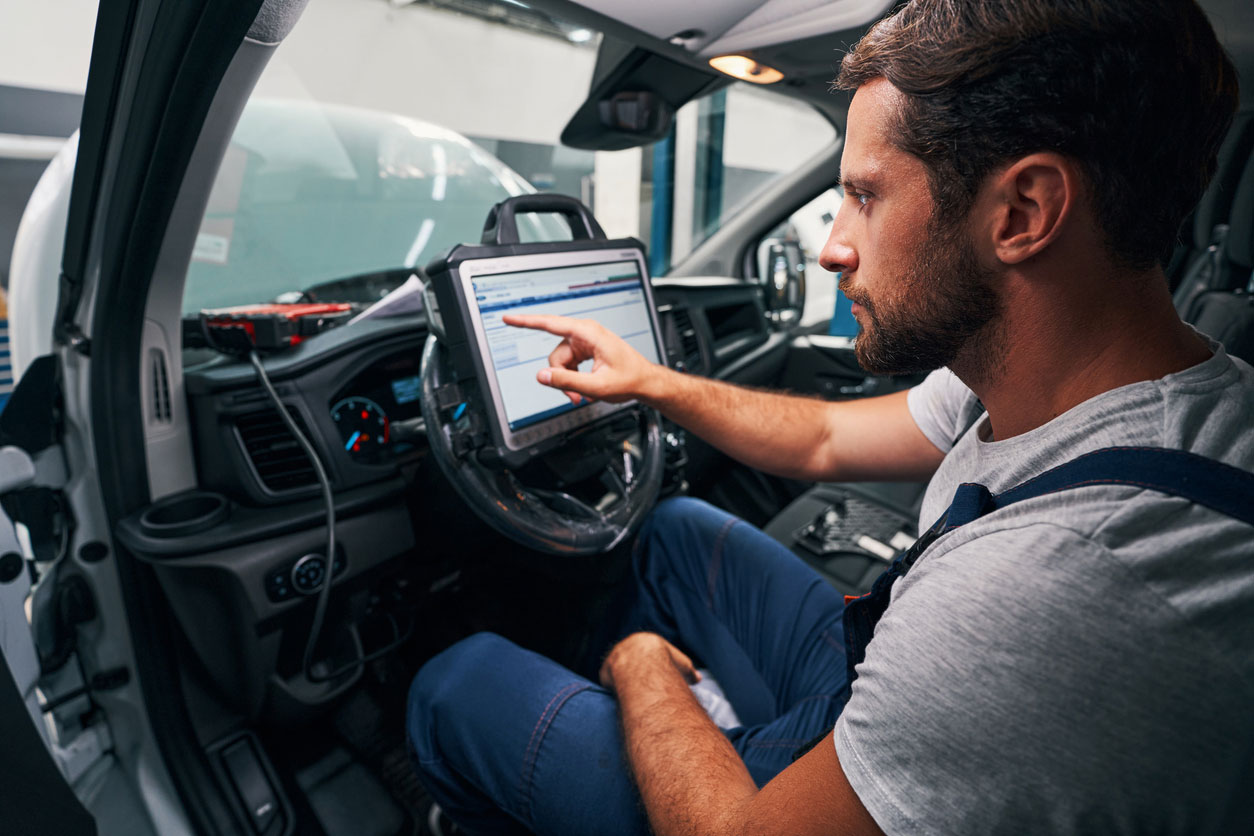
Introduction to Battery Electric Vehicle (BEV): Diagnostics and Maintenance
This course covers various topics on how to diagnose and maintain battery electric vehicles (BEVs). It provides an overview of diagnostic trouble codes (DTCs) and their relevance to BEVs. You will learn the definition and purpose of on-board diagnostics (OBD), the history of OBD, and understand the importance of the OBD-II standard in the automotive service industry. This course discusses the unique features of BEVs and their diagnosis using OBD, focusing on monitoring characteristics and diagnostic procedures. It also covers common BEV performance failures, and the test equipment needed to diagnose these issues. You will learn how to access OBD data in BEVs by examining communication networks and portals, utilizing OBD-II scan tools, and employing diagnostic tools like meters. Finally, this course presents the maintenance requirements for BEVs and compares the advantages and disadvantages of maintaining BEVs versus gasoline vehicles.
Note: This course provides generic knowledge of servicing BEVs. Always read and follow the specific service information for the vehicle you work on before performing any maintenance.